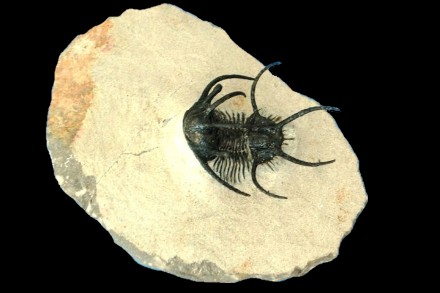
Specimen description
- 95 % complete trilobite (except for a few thoracic pleural tips).
- Slightly arched on the matrix.
- Secondary spines on the pygidial marginal spines.
- Total size : 60 mm
- Devonian.
- Alnif, Mrocco.
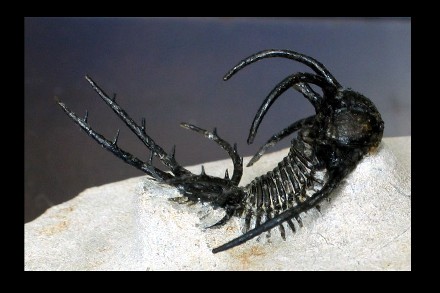
Ceratarges sp. n°2 et n°3
Another excellent specimen of Ceratarges sp. that can be compared to the first specimen I presented (Ceratarges sp n°1). The same remarks are valid, that is to say that I can't ID this bug do to the lack of references :)
The main differences with the other specimen are the presence of secondary spines on the pygidial marginal spines and the lack of occipital and pygidial median and adaxial spines.
 |
Specimen description
|
|
First look : a classic specimen ?
|
|
 |
|
|
lateral wiew : secondary spines on the pygidial marginal
spines.
|
|
Diagnosis :
|
Order |
Lichida |
MOORE 1959 |
Typically spiny trilobites with densely granulate or tuberculate exoskeletons. Occurrence: Cambrian to Devonian (Frasnian)
|
|
Superfamily |
Lichoidea |
(sensu FORTEY 1991) |
Medium to large trilobites. Typically, surface sculpturing involves two size classes of granules or tubercles.
|
|
Family |
Lichidæ |
HAWLE & CORDA 1847 |
|
| Subfamily | Ceratarginæ | TRIPP 1957 |
|
| Genus | Ceratarges | GÜRICH 1901 |
|
| Species | sp. | to determine. (lack of references) |
Complementary pictures
Remark : better quality pictures to come soon.
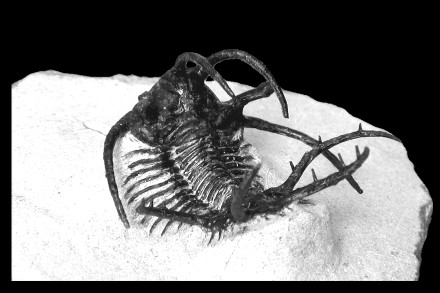 |
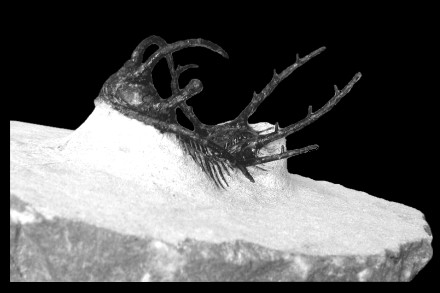 |
|
Postero-lateral view.
|
Oblic view to better show the secondary spines. |
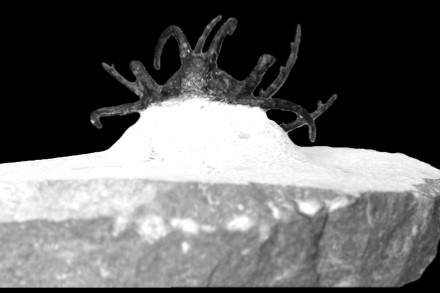 |
|
Complementary specimen :
This a 3rd specimen of Ceratarges sp. Even if I couldn't make this preparation work, the overall quality is far below the specimen shown above. I think they are both the same species, though, due to the fact that one can see remnants of the secondary spines, highlightened with circles on the following pictures :
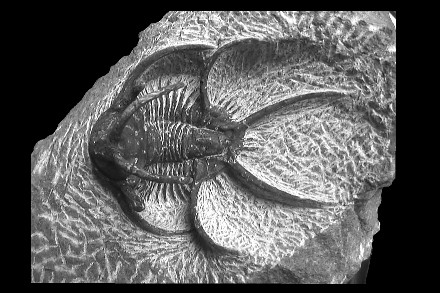 |
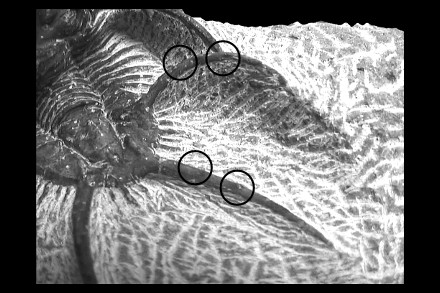 |
| Dorsal view | Very small tubercles, remnants of the secondary spines ? |
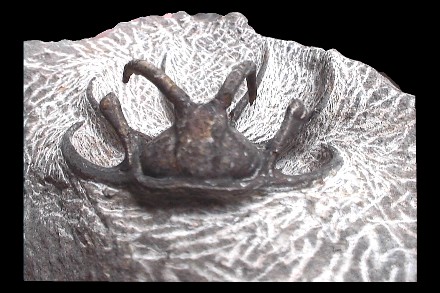 |
|
Frontal view of the cephalon and its border.
|